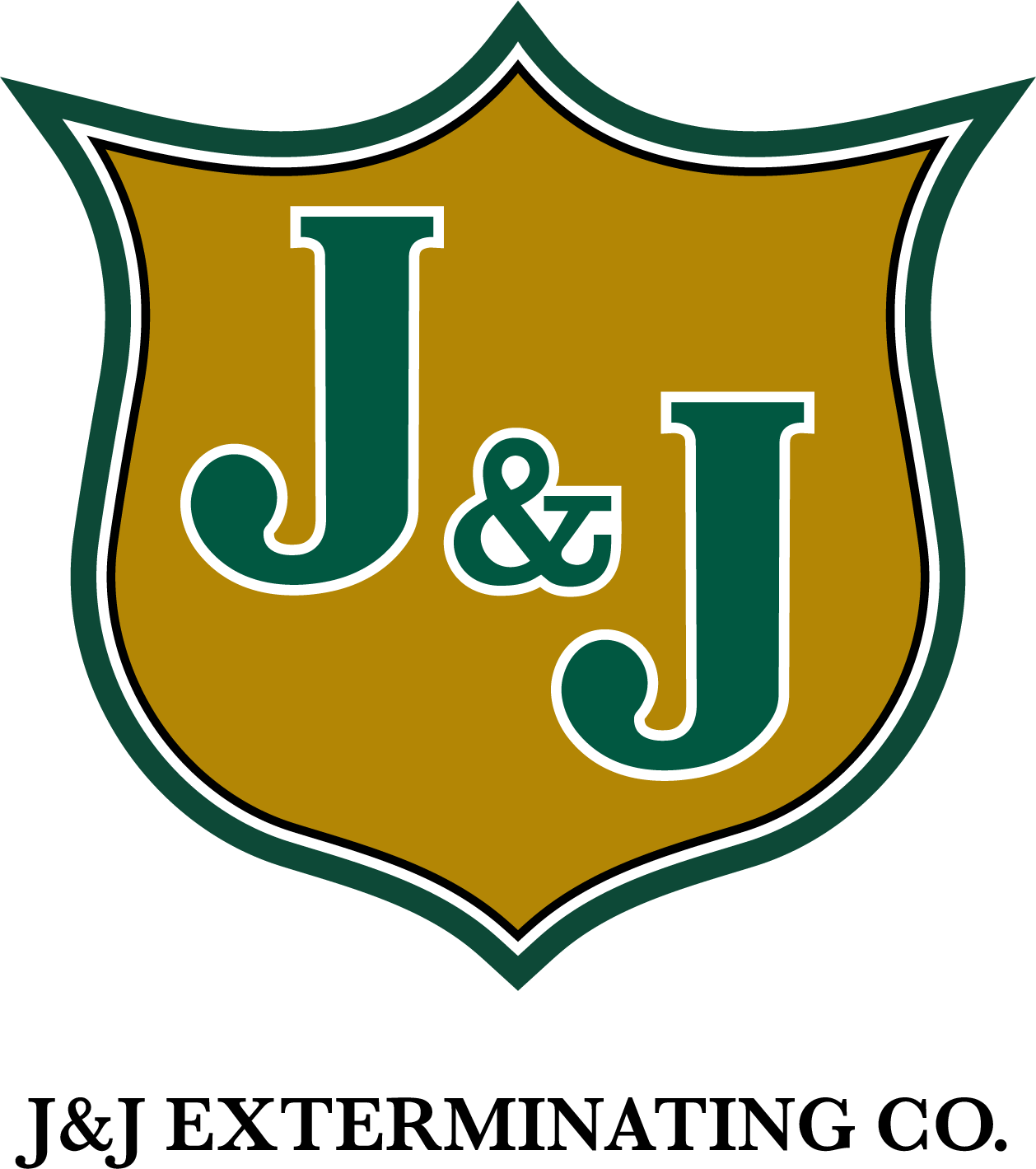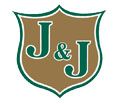The Formosan subterranean termite is regarded by experts as the most destructive termite species in existence, and unfortunately, this species established an invasive presence in the southern United States at least as early as the mid 1960s. Although the first Formosan termite colony was discovered in eastern Texas, no state in the US has suffered more structural damage from these termites than Louisiana, but Florida may be a close second. Formosan subterranean termites are notorious for chewing away at a variety of materials in an effort to reach areas containing wood. These materials include plaster, rubber and even buried electrical cables. When structures become infested with these termites in Louisiana, it is sometimes necessary to have follow up inspections conducted in order to prevent re-infestations. This is not a bad idea considering that a recent study found that Formosan subterranean termites actually prefer to infest wood that has already been damaged by termites. In fact, these termites prefer termite damaged wood over fresh undamaged wood in all cases.
The recent study had five different Formosan subterranean termite colonies exposed to undamaged wood, wood that had already been damaged by Formosan termites from different colonies (conspecifics) and wood damaged by eastern subterranean termites. Surprisingly, all five colonies gravitated toward wood already damaged by members of their own species while ignoring the other two types of wood. It was also surprising to the researchers when they found that the Formosan termites even prefered the wood damaged by eastern subterranean termites more than fresh undamaged wood, but not as much as wood damaged by their own species. Considering that Formosan subterranean termites and eastern subterranean termites are the two most destructive termite species in Louisiana, it is no wonder why structures in the state frequently become re-infested. Initially, the researchers believed that the Formosan termites were attracted to wood already damaged by their own species because previous infestations leave behind pheromone cues that attract more termites. However, this was not the case; instead, the Formosan termites were attracted to mechanical cues left on the surface of previously damaged wood.
Do you believe that it is likely that all termite species prefer to feed on wood that has already been damaged by termites?
Tags: Termite Control, Termites




